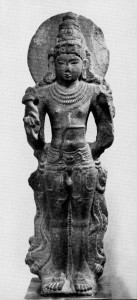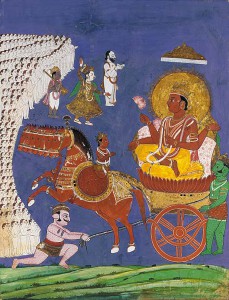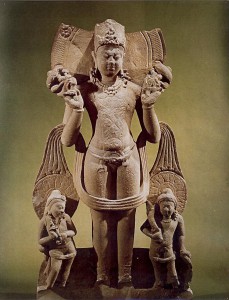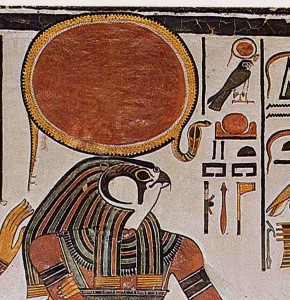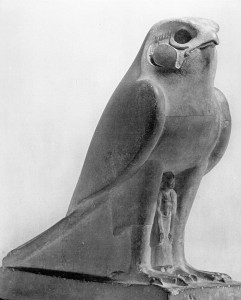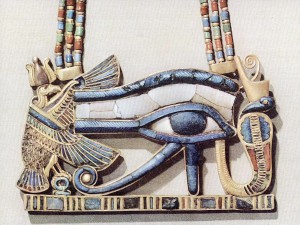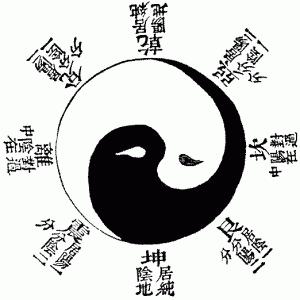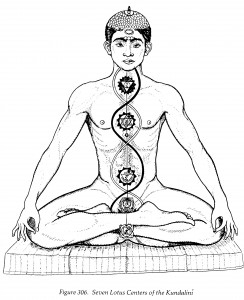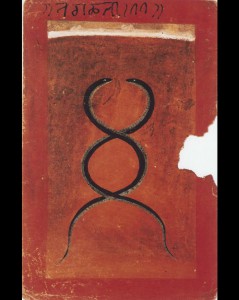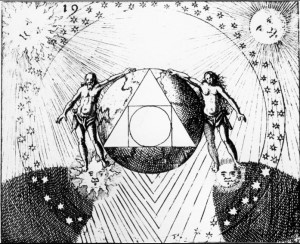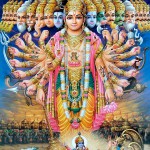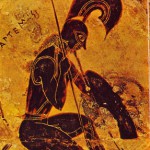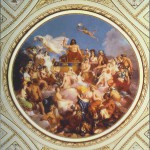Chandra (Sanskrit चन्द्र lit. “shining”) is a lunar deity in Hinduism. Chandra is also identified with the Vedic Lunar deity Soma (lit. “juice”). The Soma name refers particularly to the juice of sap in the plants and thus makes the Moon the lord of plants and vegetation. On the inner level on consciousness, Chandra is the reflective light of the mind, and Soma is the sacred nectar of higher states of awareness. Chandra is also the word in Sanskrit, Hindi and other Indian languages for moon and means ‘shining’.
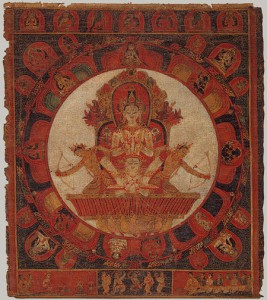 Originally a feminine deity, representing the goddess or the female archetype in general, Chandra has been depicted in a male form in many sculptures and images as a symptom of patriarchal dominance in the the Hindu society. The name Chandra and Soma are still common names for girls in India.
Originally a feminine deity, representing the goddess or the female archetype in general, Chandra has been depicted in a male form in many sculptures and images as a symptom of patriarchal dominance in the the Hindu society. The name Chandra and Soma are still common names for girls in India.
Chandra is described as young, beautiful, fair; two-armed and having in it’s hands a club and a lotus. Chandra rides on a chariot across the sky every night, pulled by ten white horses or an antelope. She is connected with dew, and as such, is representative of fertility which draws back to it’s origins as the mother goddess of the universe.
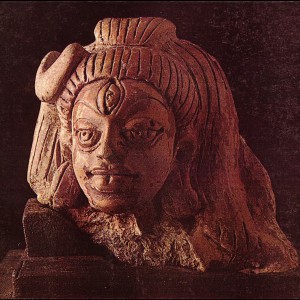 The Hindu god Shiva, ‘lord of the universe’, has a crescent moon (Chandra) as an adornment on his head, representing his eternal union with the goddess Shakti within, thus allowing him to maintain the supreme state. This representation of Chandra is also associated with it’s form as the divine nectar (Soma.)
The Hindu god Shiva, ‘lord of the universe’, has a crescent moon (Chandra) as an adornment on his head, representing his eternal union with the goddess Shakti within, thus allowing him to maintain the supreme state. This representation of Chandra is also associated with it’s form as the divine nectar (Soma.)
In Vedic astrology Chandra represents the subconscious mind, emotions, intuition, higher perception, sensitivity, softness, imagination, queen and mother. Traditionally, the mother goddess in pre-Vedic religion was always associated with the worship of the moon.
On the elemental level, Chandra represents the water, and the infinite flow which binds and seperates all existence. Chandra is the aspect of the psyche that allows us to feel, perceive, and understand the world in a subtle and gentle way.

